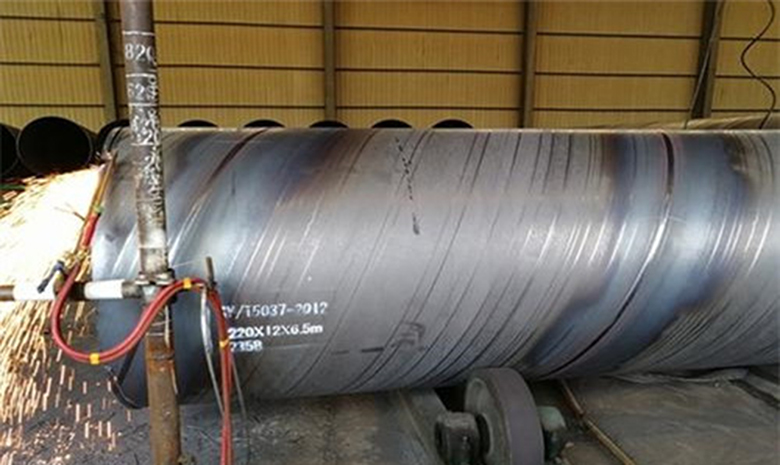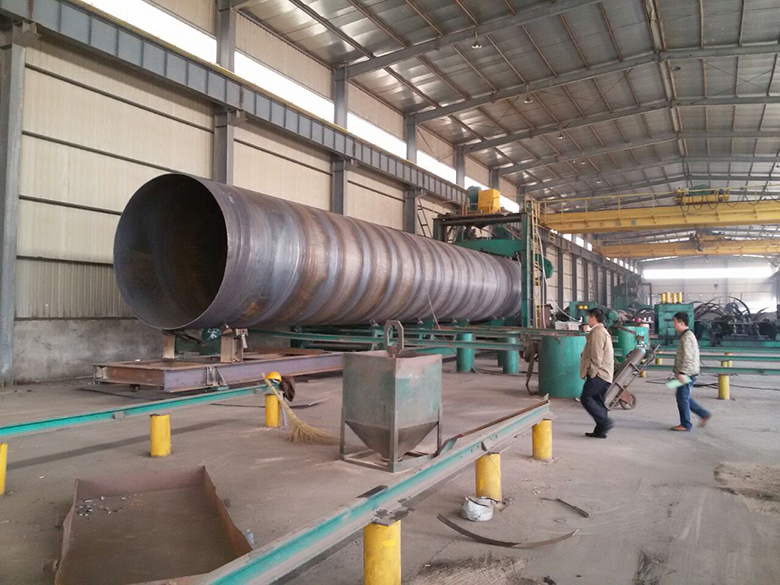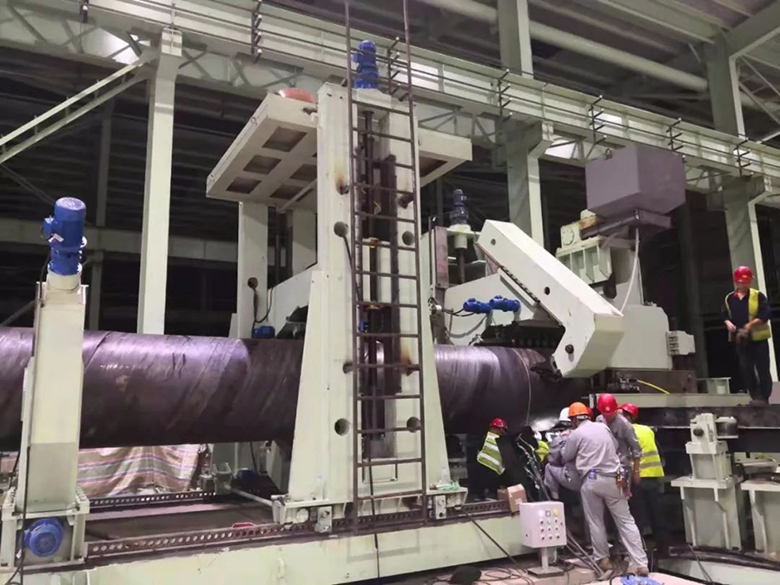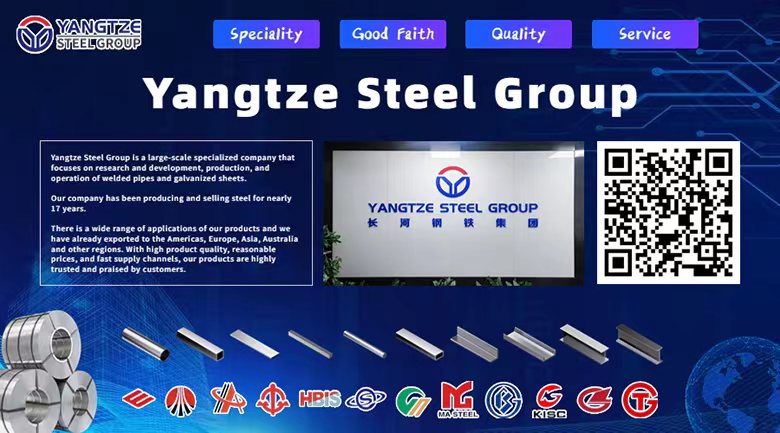How to eliminate internal burrs in spiral steel pipes?
Burr refers to the appearance of debris and extremely small microscopic metal particles on the surface of metal parts. The more burrs there are, the lower the quality standard. Due to the presence of internal burrs, cracks, folds, or scratches may form on the inner surface of steel pipes during cold drawing or cold rolling precision machining. Without removing the internal burrs, it is impossible to meet the quality requirements of the inner surface and subsequent processing cannot be carried out.

Removing internal burrs is usually done on a continuous welded pipe production line, and can also be done offline. There are currently several methods for removing internal burrs:
Cutting method: This method uses a fixed blade inserted into the pipe or a rotating cutting head to cut burrs.
Rolling method: This method uses a rolling device inserted into the pipe to cause plastic deformation of the inner burrs, achieving the effect of reducing the height of the inner burrs.

Oxidation method: At the beginning of the welding of anti-corrosion spiral steel pipes, an oxygen flow is sprayed into the inner weld seam using a ventilation nozzle, utilizing the welding waste heat to accelerate the oxidation of the inner burrs and cause them to fall off under the airflow.

Pulling method: When the anti-corrosion spiral steel pipe passes through the mold, under the action of the circular blade of the floating plug, the burrs inside the steel pipe are removed.









